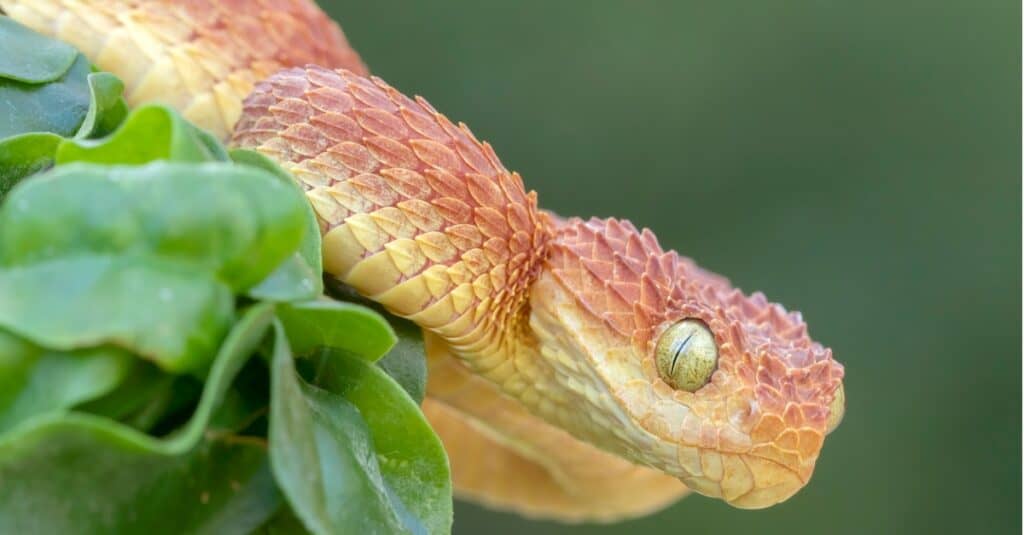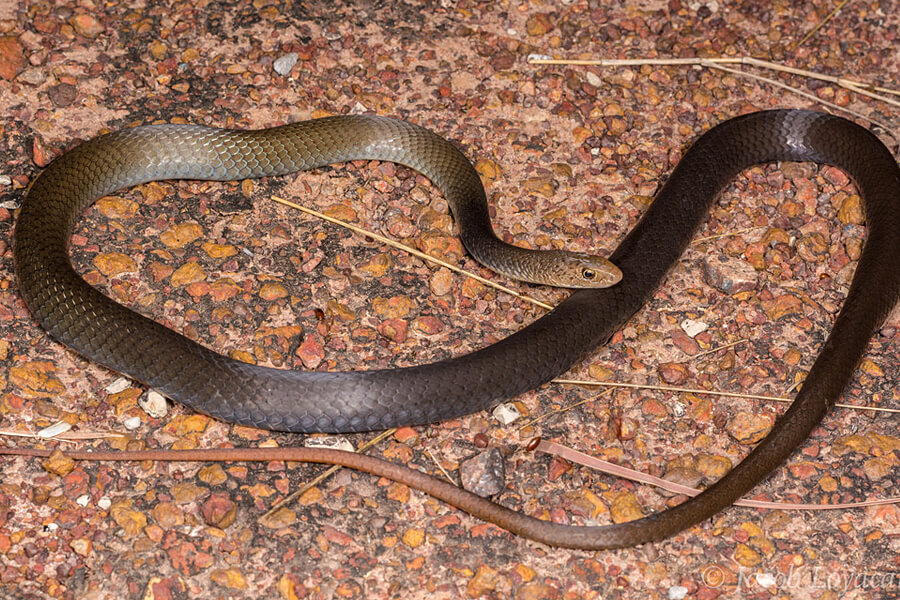Introduction
The tiger serpent is just one of Australia's most well-known reptiles, been afraid for its potent venom and hostile personality. This interesting animal plays a vital role in the ecological community, yet it commonly faces misconceptions that bring about unneeded concern. In this comprehensive article, we will certainly explore the globe of the tiger serpent, discovering its environment, poison qualities, and important first aid methods in instance of a serpent bite.
Understanding the Tiger Serpent: Environment, Venom, and Emergency Treatment Essentials
Tiger snakes are mainly found along the southern coast of Australia, including Tasmania. They prosper in numerous settings such as wetlands, coastal areas, and even city areas. Their adaptability makes them successful killers; nevertheless, their proximity to human habitats typically leads to encounters that can cause bites.
This post intends to demystify tiger serpents by reviewing their habitat choices, analyzing their poison make-up and impacts on human beings, and giving crucial emergency treatment information for bites.
1. Tiger Serpent Habitat: Where Do They Live?
1.1 Introduction of Tiger Serpent Distribution
Tiger serpents (Notechis scutatus) are largely discovered in southerly Australia and Tasmania. They occupy various communities ranging from seaside marshes to freshwater lakes.
- Coastal Regions: Tiger snakes are often spotted near coastlines where they hunt for fish and amphibians. Wetlands: These locations give enough concealing spots and plentiful prey. Urban Areas: As cities broaden into natural habitats, tiger serpents may be seen venturing right into country gardens or parks.
1.2 Preferred Environments of Tiger Snakes
Tiger serpents like moist atmospheres where water resources are easily available. Their environments commonly include:
- Marshes: The dense vegetation allows them to assail target effectively. Swamps: These areas offer sanctuary from predators while providing a rich searching ground. Riversides: Water bodies attract many animals which serve as food resources for these snakes.
1.3 Environmental Factors Influencing Habitat Choice
Several factors affect where tiger snakes select to stay: Conservation and Education
- Temperature: Being ectothermic (cold-blooded), they call for warm settings for optimum task levels. Prey Availability: High populaces of frogs and little animals attract these snakes. Shelter: Thick plants serves not only as camouflage however additionally as protection versus possible threats.
2. Are Tiger Snakes Venomous? Recognizing Their Venom
2.1 Structure of Tiger Serpent Venom
Yes! Tiger serpents are indeed poisonous animals. Their poison is a complicated mix consisting of neurotoxins that can cause paralysis and coagulopathies impacting blood clot mechanisms.

Key Elements of Venom:
- Neurotoxins: Influence nerve function bring about paralysis. Hemotoxins: Damage blood vessels creating inner bleeding.
Understanding these parts aids us appreciate the potency of a tiger serpent bite.
2.2 Results of a Tiger Snake Attack on Humans
A bite from a tiger serpent can lead to severe symptoms:
- Local Signs: Discomfort, swelling, and staining at the bite site. Systemic Symptoms: Queasiness, vomiting, difficulty taking a breath because of paralysis or restriction of airways.
Severity Levels
Minor Bite: Localized discomfort without systemic symptoms. Moderate Bite: Systemic symptoms yet manageable with medical care. Severe Bite: Dangerous; needs immediate clinical intervention.3. Recognizing Various Sorts Of Tiger Snakes
3.1 Eastern vs Tasmanian Tiger Snakes
There are two main groups based upon geographical circulation:
Eastern Tiger Snake (Notechis scutatus)
Found along eastern shorelines as much as Queensland.
Tasmanian Tiger Snake (Notechis scutatus)
Adapted especially to Tasmania's unique atmosphere with a little varying coloration patterns.
3.2 Shade Variations in Environment Preferences
Tiger serpents display considerable color variations depending on their habitat:
- Coastal populations typically show stripes or blotches for better camouflage against sandy shores.
4. Habits Patterns of Tiger Snakes
4.1 Aggression Level
Tiger snakes are understood for their hostile behavior when threatened or cornered which can cause defensive strikes if provoked.
4.2 Searching Techniques
They possess remarkable agility allowing them to strike swiftly at victim such as frogs or little rats primarily during twilight hours when they're most energetic-- making them nocturnal hunters!

5. Emergency Treatment for Serpent Bites: Vital Steps You Should Know
When it concerns handling snake bites, knowledge is vital!

5.1 Immediate Actions After a Bite
If bitten by a tiger serpent:
Stay calm! Panic enhances heart price which spreads poison much faster through your bloodstream.
Apply stress around the wound using tidy fabrics-- avoid reducing or sucking out venom!
Remove limited clothing/jewelry near the bite site; swelling might happen rapidly.
Immobilize the influenced arm or leg using splints if possible-- this restricts activity assisting reduce poison spread!
5.2 Getting Clinical Help
Seek emergency situation clinical help quickly! Time is essential when dealing with prospective envenomation from tiger serpents!
5.3 First Aid Set Essentials for Serpent Bites
Having a well-appointed first aid package can make all the difference throughout emergency situations:
|Product|Summary|| ------|-------------|| Pressure Plaster|Aids immobilize injury|| Sterile Gauze|For clothing injuries|| Emergency Contact Details|Quick access numbers|| Antivenom Details|Understanding concerning regional antivenoms|
6 FAQs About Tiger Snakes
Q1: Are all tiger snakes dangerous?
A: While all have poisonous capabilities affecting human beings substantially-- most choose evasion unless threatened!
Q2: Exactly how swiftly does tiger serpent venom affect humans?
A: Symptoms might show up within mins relying on place & & amount infused during envenomation events!
Q3: Can you survive a tiger serpent bite without treatment?
A: Neglected attacks can be fatal as a result of quick progression; instant healthcare is crucial!
Q4: What ought to I do if I run into one?
A: Maintain range & & back away slowly; prevent abrupt movements that may provoke aggression!
Q5: Exactly how common are attacks from tiger snakes?
A: Although encounters take place regularly-- real bites remain reasonably rare due greatly due preventive procedures taken by citizens living within influenced ranges.
Q6: Is there an antidote available?
A: Yes! Antivenoms details for Australian species Systemic Effects exist-- clinical centers lug these drugs ready when required urgently post-bite incidents!
7 Conclusion
Understanding the intricacies bordering "Understanding the Tiger Serpent: Environment, Venom, and First Aid Fundamentals" is critical not only for personal safety Snake awareness Australia and security however also fostering conjunction with these impressive animals populating Australia's landscape! By finding out more about their behaviors & & efficient response techniques relating to prospective experiences-- we outfit ourselves better versus unnecessary worries while valuing nature's variety completely! So allow's accept education and learning rather are afraid-- it leads towards harmony in between humankind wild animals alike!